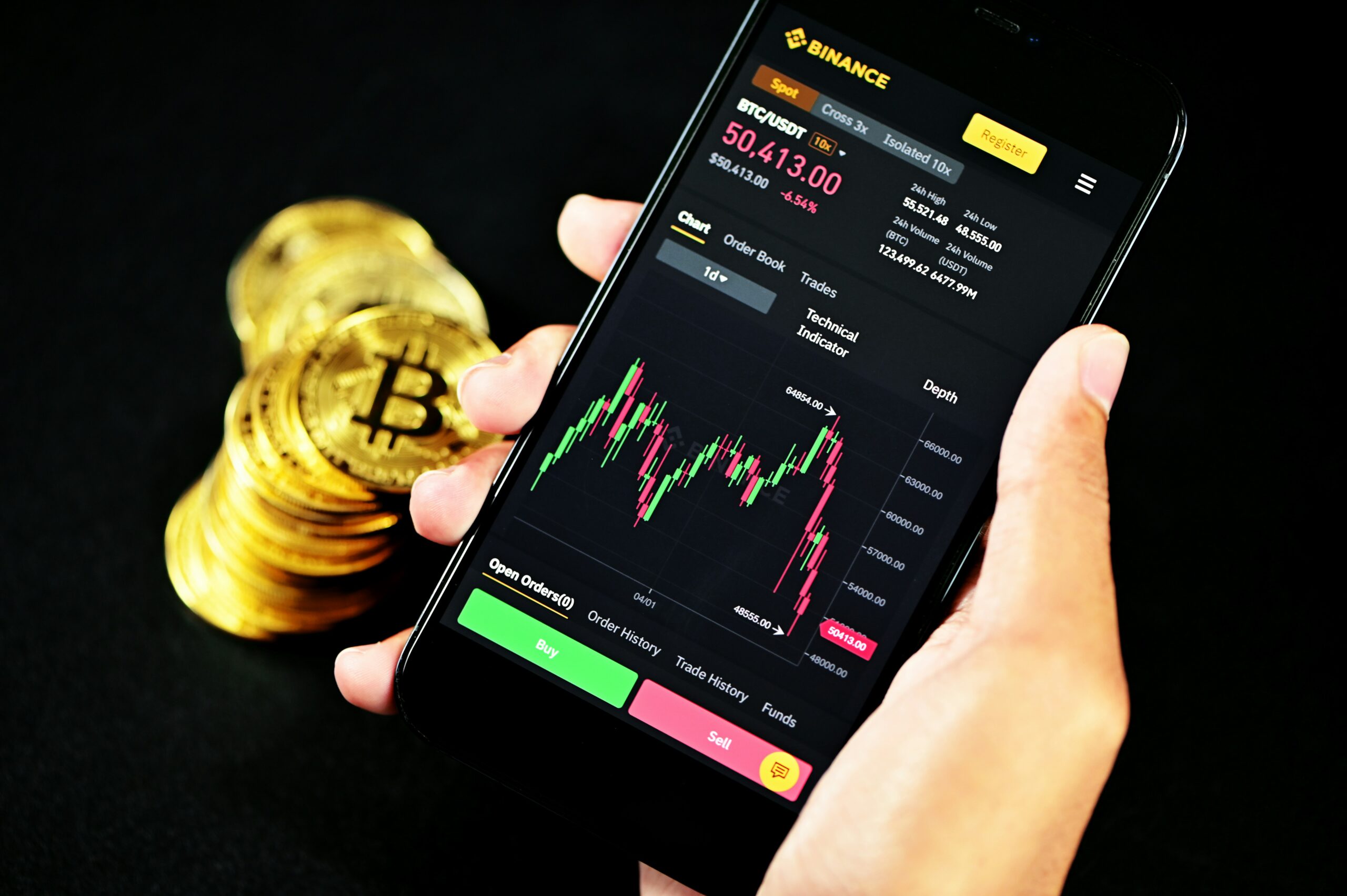Bitcoin (BTC) experienced its largest single-day gain in nearly two months on Wednesday, driven by weak U.S. economic data that has increased the likelihood of the Federal Reserve (Fed) cutting interest rates over the summer. This move aligns with similar actions anticipated from other major central banks, potentially signaling a period of monetary easing that could boost risk assets, including cryptocurrencies.
Key Economic Indicators Point to Easing
On Wednesday, the U.S. Labor Department reported that the consumer price index (CPI) rose by only 0.3% in April, less than the consensus estimate. This followed increases of 0.4% in both March and February. The core CPI, which excludes volatile food and energy prices, also rose by 0.3% in April, matching the previous month’s increase.
Additionally, headline retail sales growth stagnated in April. Sales in the “control group” category, which is used in GDP calculations, fell by 0.3% month-on-month. This data suggests a slowing economy, prompting traders to adjust their expectations for Federal Reserve actions.
Market Reactions and Future Expectations
As a result, expectations for rate cuts have shifted significantly. According to Fed funds futures, traders now anticipate the Fed will implement its first 25 basis point rate cut in September. The upcoming summer, starting on June 20 and ending on September 22, is poised to be a crucial period for these adjustments. The Fed has also indicated it will slow the pace of quantitative tightening, another measure that could increase liquidity in financial markets.
Global Central Banks Join the Trend
The Federal Reserve is not alone in this shift. Markets also expect the Bank of England (BOE) and the European Central Bank (ECB) to cut rates in June. Both the Swiss National Bank (SNB) and Sweden’s Riksbank have already reduced their benchmark borrowing costs.
According to data from MacroMicro, the percentage of global central banks whose last move was a rate hike is declining rapidly, while the proportion of banks that have recently cut rates is increasing. This global trend towards rate cuts is seen as a positive sign for market liquidity and risk assets.
Impact on Bitcoin and Risk Assets
Bitcoin, like other risk assets, is highly sensitive to anticipated changes in monetary policy. The leading cryptocurrency surged over 7.5% to $66,250, marking its most significant percentage rise since March 20. Lower borrowing costs typically encourage investment in riskier assets as they promise higher returns in a low-interest-rate environment.
“The higher the proportion goes, the more central banks are cutting rates, which could help improve market liquidity. The lower the proportion, the less liquidity there is in the market,” explained MacroMicro in their analysis.
Broader Market Implications
Prospects for a liquidity easing over the summer should bolster equities and provide investors with the confidence to venture further out on the risk curve. This sentiment was echoed by broking firm Pepperstone, which suggests that the expected easing could support broader financial markets.
In conclusion, as central banks around the world move towards easing monetary policy, risk assets like Bitcoin are likely to benefit from increased market liquidity. This ‘Summer of Easing’ could provide the necessary environment for further gains in the cryptocurrency market and beyond. As always, investors should stay informed about economic indicators and central bank policies to navigate these changes effectively.
Final Thoughts
The economic indicators and central bank actions highlighted in this article suggest a pivotal shift in monetary policy that could have far-reaching impacts on various financial markets. Bitcoin’s recent surge is just one example of how sensitive risk assets are to these changes. As we move into the summer months, continued monitoring of economic data and central bank communications will be crucial for understanding and anticipating market movements.
By staying ahead of these developments, investors can better position themselves to capitalize on the opportunities presented by this potential wave of monetary easing.
